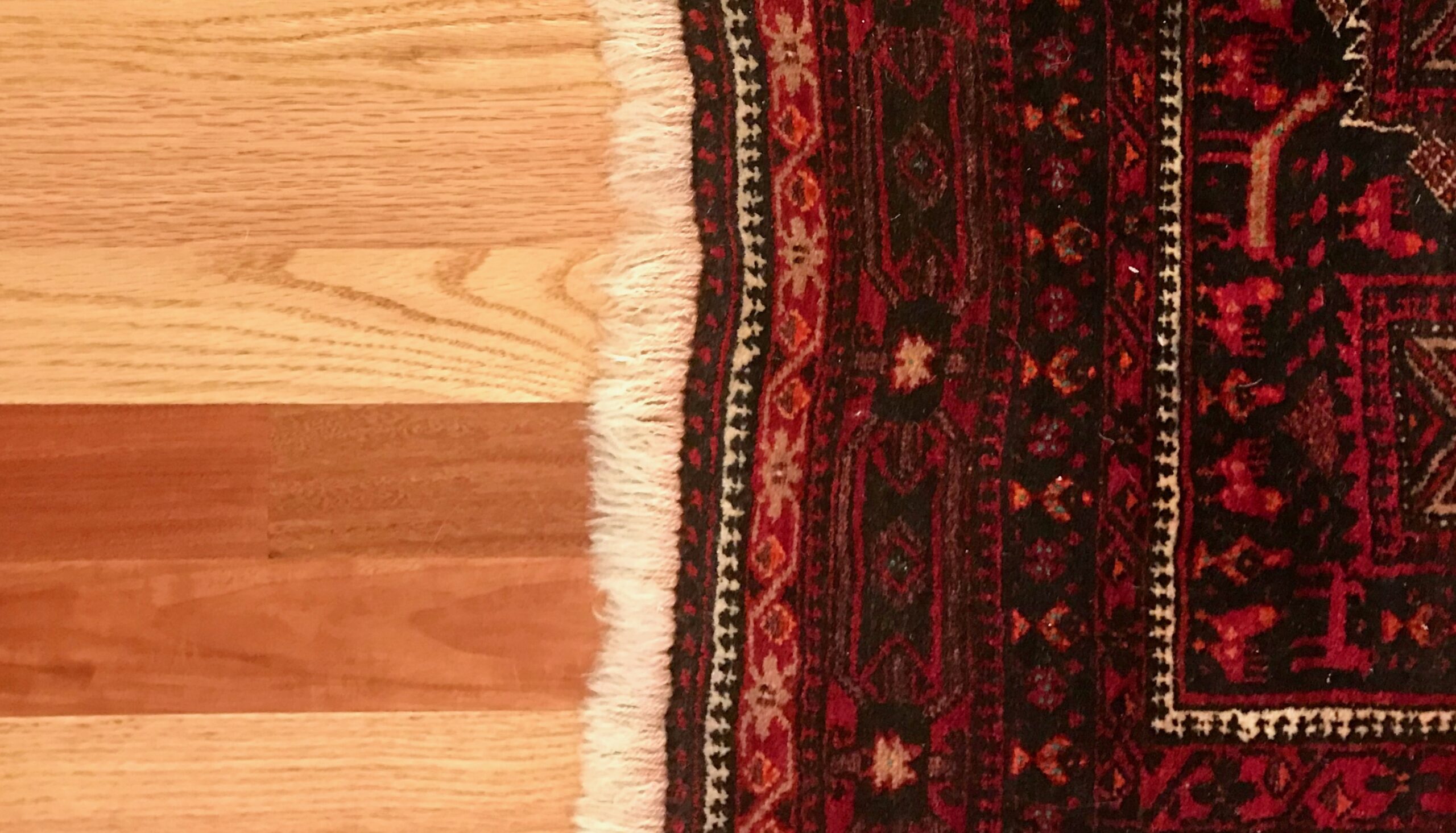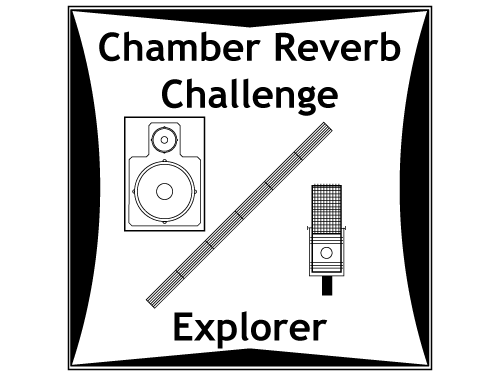Energize your space and explore the sound of reverb that the architecture around you can createound of reverb
1. I am clapping in a room
For each of the two spaces you assessed in the Explorer Challenge #1, try to both energize the space and listen to the resulting sound decay.
A single clap is often revealing. Clap and listen.
Try not to let the clap itself drown out the room’s resonance. Clap with your arms outstretched, so the clap is further away from your ears. This way, it is not as loud for you, while it delivers the same acoustic energy to the room. Try to perceptually separate the direct sound of the clap, from the room sound associated with it.
- Clap near the center of the room.
- Clap in a corner.
- Clap while standing near a reflective part of the room.
- Clap while standing near more absorptive materials.
What differences do you observe, if any — and they may be slight — in terms of:
- The overall loudness of the sound.
- The length of the decay time.
- The tonal color of the decay
- focus first on the low frequency range,
- then turn your attention toward the high frequency range
Perform this acoustic investigation in both spaces.
Notes & Observations
- To better understand the sound qualities of reverb, compare and contrast the two rooms through the following:
- Which room is louder? Can you hypothesize as to why?
- Which room has the longer decay time? Is that consistent with your general assessments of the sound reflectivity of each space?
- Does one room sound better on the hand clap sound than the other? Describe the sound qualities you find more appealing? Can you connect those qualities to what you know about the size, geometry and materials in each room?
- Are there any consistencies across both rooms that tempt you to draw a more general conclusion about the location with the room, either room, and its impact of the sound? Complete these thoughts and others like them that come to mind:
- Clapping in the corner seems to _______ .
- Clapping in the center seems to _______.
- Clapping near a reflector/absorber seems to _______ .
2. I am listening in a room
For the room with the more pronounced acoustic signature, you’ll place a sound source in one location of the room so that you might walk around and away from the source to explore the room’s reverb and its contribution to the overall sound you hear, wherever you may be listening.
The sound source might be a mobile device or portable sound system, or perhaps you have a friend with whom you share the space who can clap, sing, or play an instrument for you.
Place the sound source in a corner and assess if there are locations within the room that are louder overall, locations that best reveal the sound of the room decay, and locations with a particularly unique spectral content.
Repeat with the sound source near the center of the room.
Experiment with other corners, different orientations of the sound source (facing toward the corner, toward the center, up, or down, or…). Explore. But then choose one corner placement and orientation of the source, and one center-of-the-room placement and orientation of the source for the following discussion:
Notes & Observations
- Sound Source Location: Center vs. Corner
- For any listening position, which source location was:
- Loudest
- Livest (most room sound)
- Sounded ‘best’ to you. Explain what you liked about the sound.
- What is your hypothesis for the acoustical cause for each of the 3 observations above? That is, as the sound propagates from one source location to your listening positions, what features of the room (size, shape, materials) do you think do the most to create the sound properties you hear?
We’ll return to both spaces in the next Chamber Reverb Challenge Explorer #3.

